In the meantime, check out Rothgar’s MythTV setup, courtesy of Geektonic.
Related articles by Zemanta
- So You’re Thinking of Trying MythTV (gadgetwisdom.com)


In the meantime, check out Rothgar’s MythTV setup, courtesy of Geektonic.

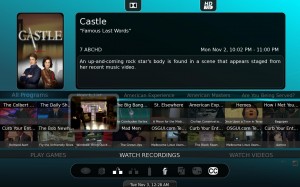
MythTV has had Internet video plugins before. MythStream was one of the earliest. We never could quite get it to work consistently, and it hasn’t been rewritten for MythUI, and those won’t work under MythTV 0.22. None of these have ever been included as part of the official MythTV package, which this has the potential to be.
From their description, it would have the following features:

There is a screencast video that can be viewed here. They hope to release by MythTV 0.23, but possibly sooner.
McNamara used the following sites as Examples of sites that should be very easily (and legally) implemented: Comedy Central, The Escapist Magazine, Revision3, Recent Apple Movie Trailers, BBC iPlayer. They’ve already included Youtube, Vimeo, Blip.tv, MTV Video, and TMDB Trailers.
All of them are very interesting. The Escapist just recently unveiled its app in Boxee at the Boxee Beta unveil, for example.
Speaking of Boxee…it has shifted its focus from media stored on a local drive to online content. MythTV has to do the same. It is a DVR software, and should remain so. But with more and more online content becoming available, it needs to address it, and offer ways for that content to become a part of the interface.
MythNetVideo’s design seems to accommodate for that. It launches external programs, or imports video, whichever it can. MythTV doens’t need to be all-encompassing, it can hand off control to other programs. But having that option allows it to be easily extensible, and that is what it needs.

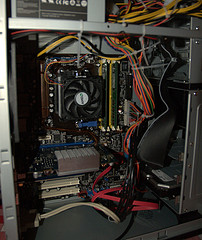

We’ve been writing a lot about the new features of the latest release of MythTV, which has now been fully released. Assuming we, or the myriad of other enthusiasts have convinced you to try MythTV as the core of your HTPC(Home Theater PC) system, what should you think about?
In this modern world, even though SD is cheaper, why limit yourself? High Definition TV is the wave of the future, so you should plan for it, even if you aren’t yet ready for it.
You don’t even need a powerful computer anymore to do playback. Just a good graphics card. Under Linux, the best supported cards are the Nvidia line of graphics cards. The 8000 and 9000 series support VDPAU, the latest in offloading video playback from the CPU to the GPU. With one of these graphics processors, you can even use an inexpensive low-power processor like the Atom(common in Netbooks) to run your system.
Now, that is playback. As for recordings, hard drives are fairly straightforward. Get enough space. GBs are cheap now. Beyond that, you need a recording device.
Even with Over-The-Air broadcasts, you can get HD programming using a tuner card. After that, if you have cable or satellite, you can get some channels unencrypted on the cable line, usually local stations as well. Beyond that, you can take the output from the cable or satelite box and pipe it into computer for recording. If you are lucky, you can get channels over a firewire cable from the box(cable only), if not, you can use the HD-PVR 1212 to capture from the analog outputs.
After that, all you need is a remote to control it, and a TV or computer monitor to output it to, and you have the basics of a MythTV setup. Easy, huh?
More to come…



The MythTV wiki defines MiroBridge as a script which “enables Miro to emulate a MythTV recording device.” However, we feel this is rather inaccurate.
MiroBridge doesn’t appear as a recording device. It does create a channel, defaultly assigned to 999, to assign the Miro recordings to, but it is more an importer of Miro downloaded programs. You configure Miro with your desired online programs, and then set up a cron job to have MiroBridge run.
Miro is an Internet television application that downloads videos from RSS-based channels, manages them, and plays them. It does incorporate a Bittorrent client, but torrent features are disabled in MiroBridge for legal reasons.
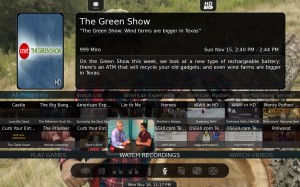
MiroBridge will let Miro download new episodes, then it will symlink the downloaded episodes into the MythTV recordings directory and import the details of the program as a Recording. It can also move the episodes to MythVideo.
This is an amazing addition to MythTV. Scripts to do this have existed before. We used MythNetTV, which takes RSS feeds for Podcasts and imports them into MythTV. It has never been an official part of MythTV though. MiroBridge is now becoming official, and relies on Miro, which is a popular piece of software in its own right, and well maintained.
If you think about it, with cable becoming more expensive, a MythTV box with a broadcast based system, adding in internet produced programming. If you don’t have cable, at the very least, in the news department, the websites of various cable networks offer limited versions of their programming as RSS feeds you can incorporate in.
Youtube can be distributed as an MP4-based RSS feed as well, using some secondary sites, and thus incorporated in as well. Essentially, there is nothing you can’t do if you can find RSS-distributed video.

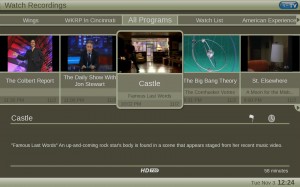
In version 0.22, MythTV unveiled MythUI, which is a complete rewrite of the Myth user interface. New themes were released and several old ones modified. Last night, we did a series of screenshots to show off some of the theme magic available.

Now, Terra shows off the options for a Watch Recordings menu displayed in a manner other than traditional list style, using a horizontal scrolling menu for each program on the DVR side.
But what about for watching videos? As we mentioned in our previous post, JAMU offers an automated method of getting metadata on video files based on their names. There was metadata support in MythTV before, but the inclusion of this new script and other frontend features greatly simplify it out of the ‘box’. A script already exists, but will likely be incorporated as part of version 0.23, that allows for recordings to be exported with metadata information to MythVideo.
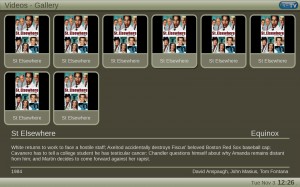
If you enlarge the image, you will notice that JAMU has added the episode metadata, including description, to these episodes of St. Elsewhere. There is discussion of adding additional options for screenshots for MythVideo(the feature is there for Recordings). If you look at the above image, every episode is using a stock poster.
Graphite is being shown off as another new theme for MythTV 0.22 which shows off several of the new features you can enjoy, namely posters and fanart in the Watch Recordings menus. If you note the picture below, you’ll see the ABC show Castle, has a poster, and each episode has an autogenerated screenshot.

The next two images show the background art available in this theme for shows. All of the art shown was imported by the JAMU script.
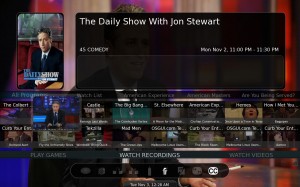
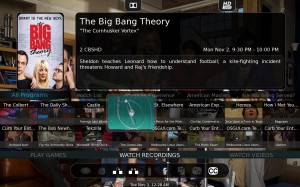
Here is the popup, with the extra art and metadata, for a movie we brought in, and a TV episode. It offers a lot of information, which can be used to sort videos by year, genre, season(if TV show), etc.
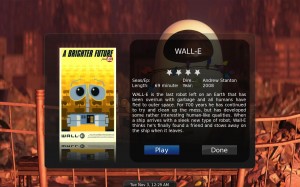
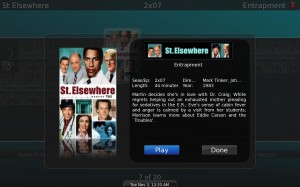
Here is an alternate display of a directory of movies under the Metallurgy theme, also a theme newly included into MythTV 0.22. As you can see, the automated process didn’t bring in posters for everything. This can be corrected manually, by entering in additional information to better identify the item.
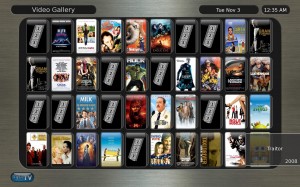
All in all, MythTV offers an exciting new and themeable interface that brings it on par with XBMC and Boxee, products that are not in the same category as MythTV, but perform some of the same functions. MythTV still has a ways to go in some areas, however, but it has come a long way.

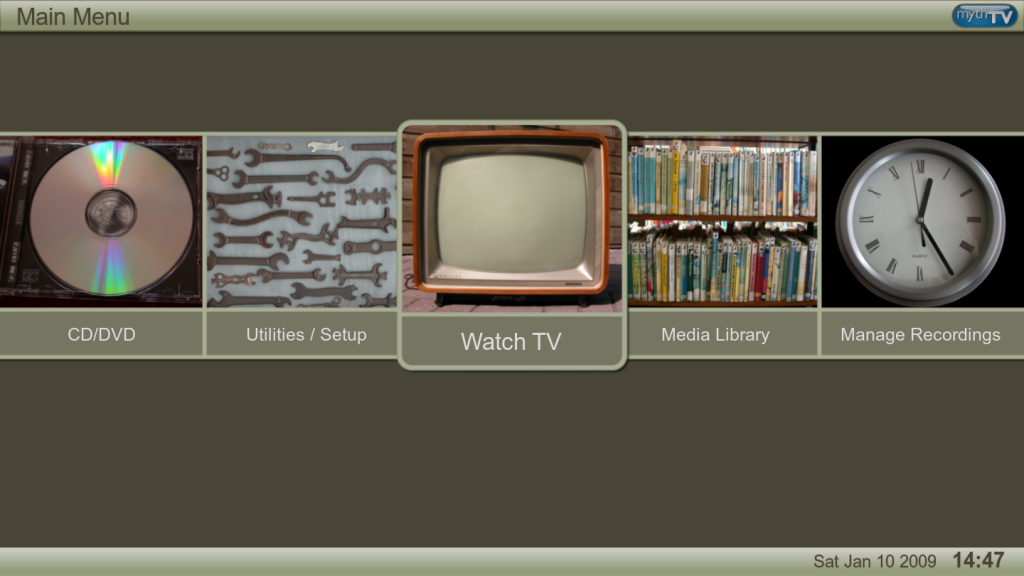
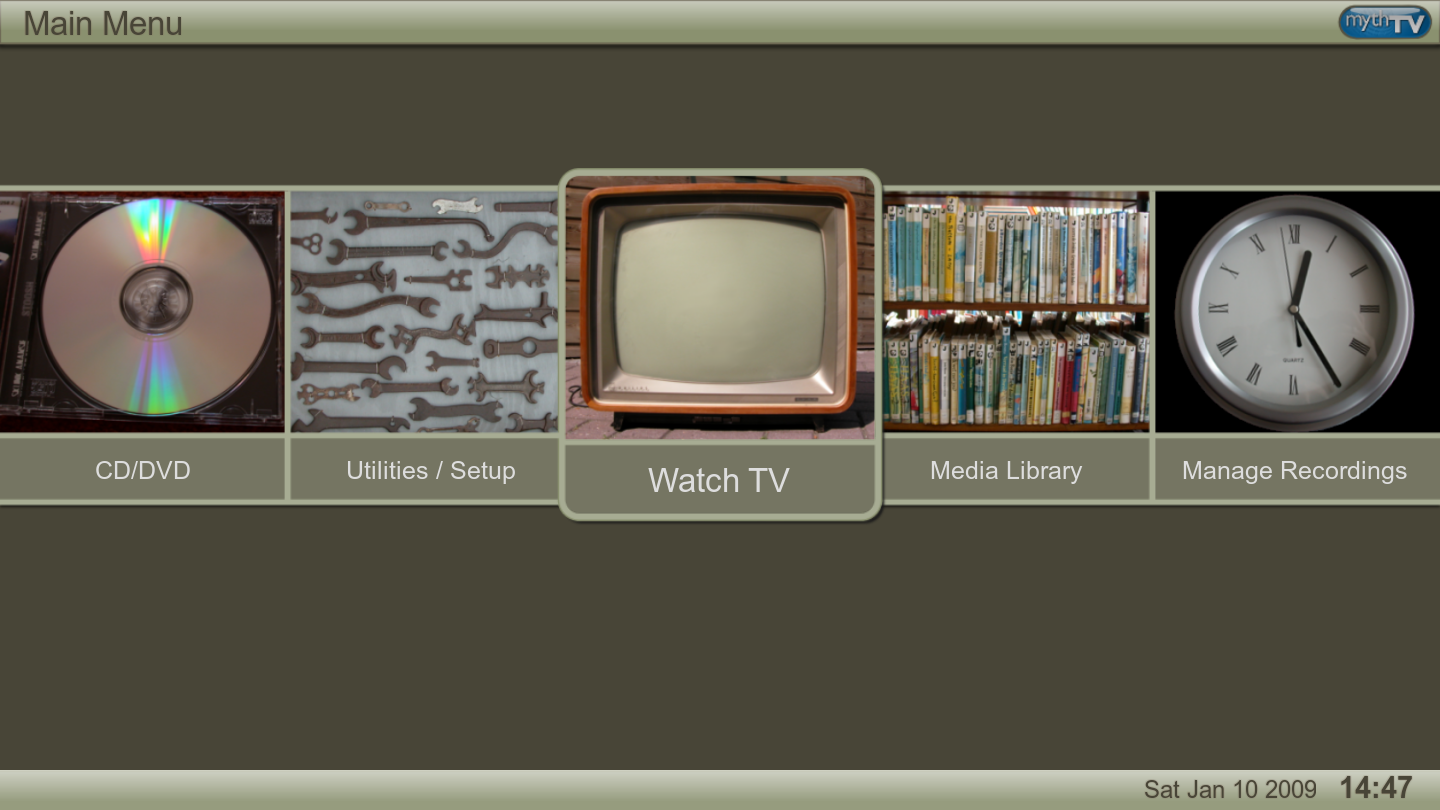
As you may know, MythTV 0.22 has gotten to release candidates, but now, the team has announced the final version, barring any new critical issues, will be released next week.
Since the initial release candidate two weeks ago, more than 50 updates were submitted.
We’re not sure whether we like the new default theme in actual use, but it doesn’t show of the possibilities the new MythUI offers, and is visually appealing. Our biggest issue was that highlighted items on the new theme have a light box around them which does not contrast significantly.
We’ll be continuing to cover MythTV and the 0.22 release, discussing some of the tricks, tips, and issues we’ve come across.

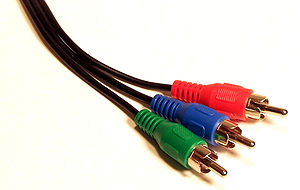

Yesterday, MythTV unveiled its version 0.22 Release Candidate 1. It has been almost two years since version 0.21 was released, and the change brings a great deal of welcome changes.
There are some additional features that you can review, but essentially, MythTV 0.22 is everything we hoped for after all these months. It can only get better from here. And for US residents, the only possible way this software would not be a great addition to your tech offerings is if the cable company locks down their system so much as to prevent you from using it.



For years now, we have run a MythTV DVR. It is a Linux-based software package that turns a computer into a digital video-recorder, complete with scheduling of programs.
We started with a single cable box with an active firewire connection to change the channel and a PVR-250 card we got cheap. That encoded the composite output from the box to MPEG2.
Eventually, we got the hang of firewire, discovered a bunch of tricks to get it to cooperate without crashing, and we’re working almost entirely off of cable with firewire, using a digital tuner to add redundancy on broadcast stations.
Then one day, the cable company shut down every firewire connection. The channel changing still works, but not streaming directly from the box. So we ordered the HD-PVR 1212.
The HD-PVR turns high definition component video and analog or digital audio into H264-encoded files. Ultra-compressed, and requiring a good CPU to decode. It exploits the so-called “analog loophole“, allowing one to record HD video off of an HD source.
And MythTV will support it in Version 0.22. Some have backported the device support to 0.21, the current stable version. So, we upgraded our installation(after a backup) to the 0.22 ‘bleeding’ version. You use development versions at your own risk. Unless you are contributing to the process with information, complaints about things not working will be ignored, mostly.
The HD-PVR seemed very buggy under Version 0.22, capturing at all resolutions, 480i, 720p, 1080i, with AC3 audio. And all of the files were filled with corruption, making it hard to play them back. So, the other night, despite the notation that the ability of the HD-PVR to handle multiple resolutions at a time had been stabilized, we reverted to 720p and AAC analog audio. So far, it has made everything rock solid. We’re doing tests of this over this weekend, after which we’ll try bringing back AC3 audio and/or 1080i, to see how high a quality we can get with complete stability.
The HD-PVR is a decent device that is developing better Linux-based support. It is unfortunately the best option for recording HD video from other sources, as any digital options are shut down by the content providers.
More on our efforts in this area when all tests are complete.